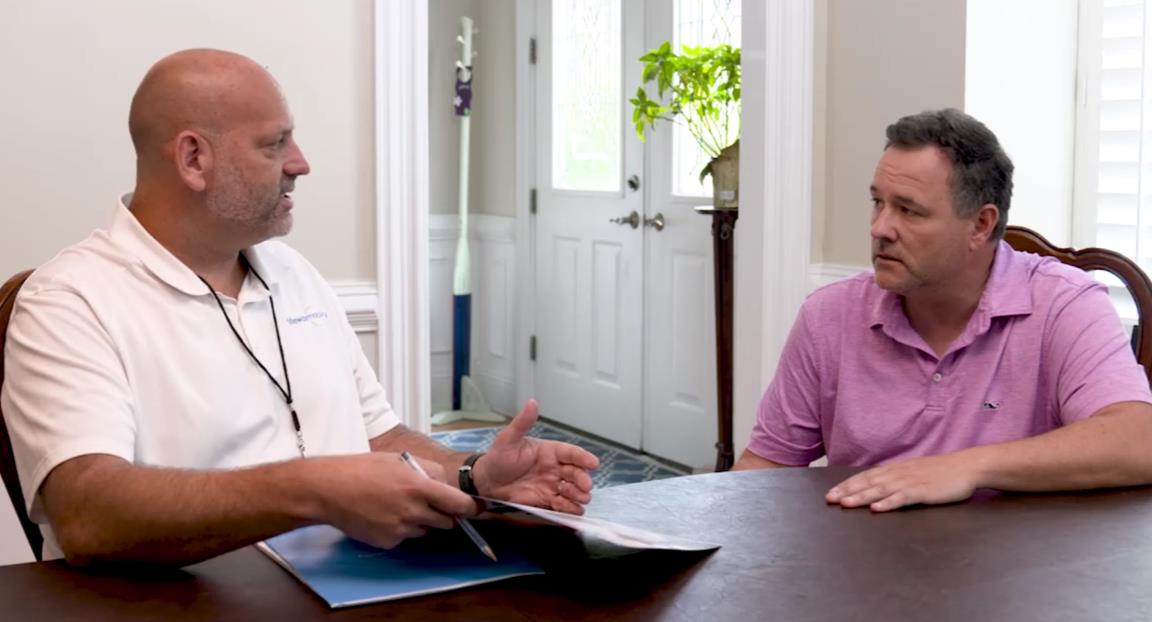5 Common Accessibility "Fails"
Posted on by Eric Rubel
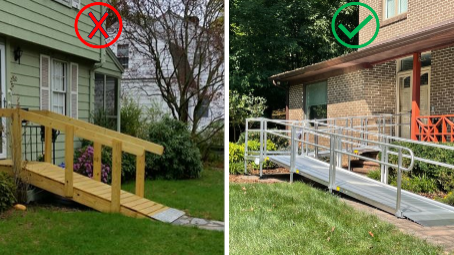
Our home accessibility experts are invited into our client’s homes and into our local communities to evaluate for home accessibility solutions, such as stair lifts or wheelchair ramps or lifts. During our evaluations, we often encounter modifications that were done by another company or DIYs that do not meet ADA requirements, or are unsafe.
In this post we outline some of the common home accessibility "fails" that we've run into, and provide examples of what should have been done to ensure safe use of an accessibility solution.
1. Stairlift Not Installed to the Landing
The purpose of a stairlift is to ensure that those with mobility challenges, unstable balance, or difficulty with depth perception, don’t have to navigate the stairs by foot. However, in some homes, we see stairlifts that have been improperly & unprofessionally installed.
In this example, the stairlift does not reach the bottom of the stairs:

The user of this lift would have to try to exit the lift on the narrow stair or take a long, unsafe step jump off the lift. Both of these scenarios pose an incredible risk of a fall to the user.
When professionally installed by a trained & certified Lifeway Mobility technician, the stairlift rail is mounted on the stair treads and the landings at the bottom and top of the staircase to allow for a safe & easy entry/exit.
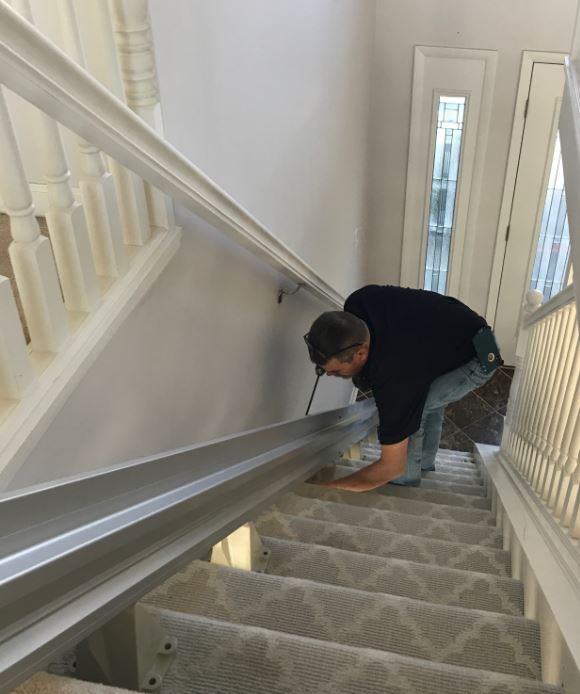
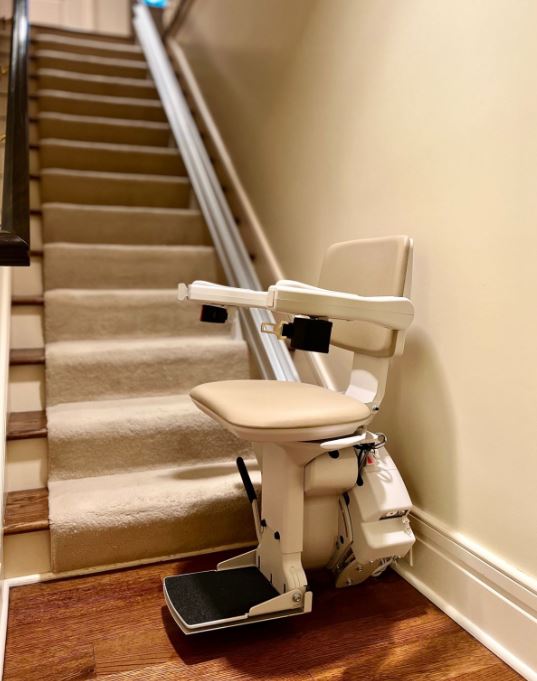
2. Steep Wheelchair Ramps
Wheelchair ramps are great for wheelchair & scooter users to easily and safely get in/out of their home. However, if installed incorrectly and at a slope that is too step, a ramp can be unsafe for someone to use alone or with assistance.
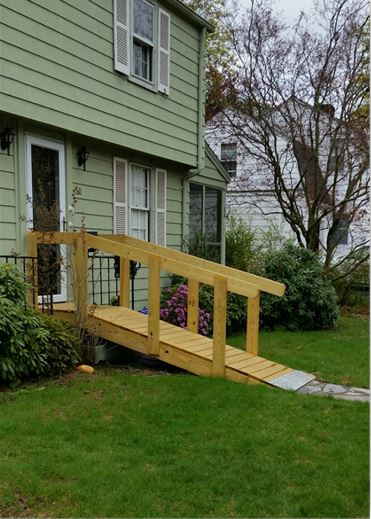
At Lifeway Mobility, our rule of thumb is based on ADA standards in most cases, which is a 1:12 rise/run ratio (for every 1" of rise, there must be 12" of run). There may be situations where a 1:10 rise/run ratio is also OK if the wheelchair user will always have assistance from a caregiver or family member when going up and down the wheelchair ramp. Our accessibility experts can help with designing a wheelchair ramp for your mobility needs and space.
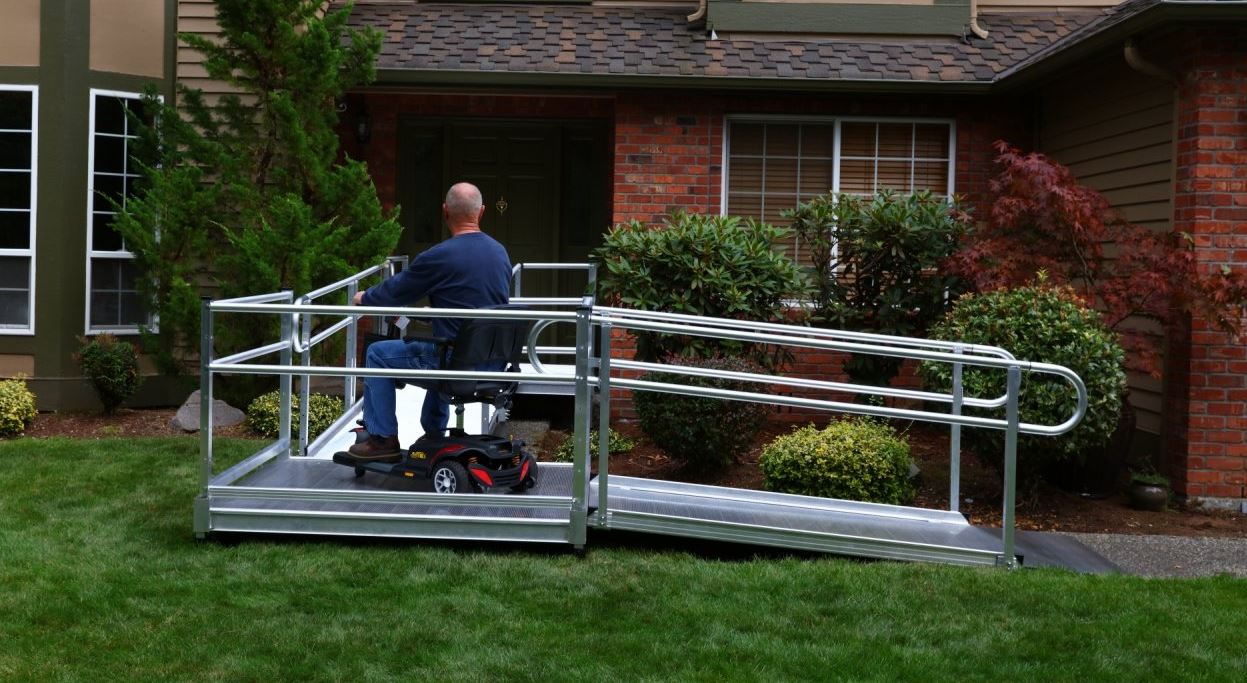
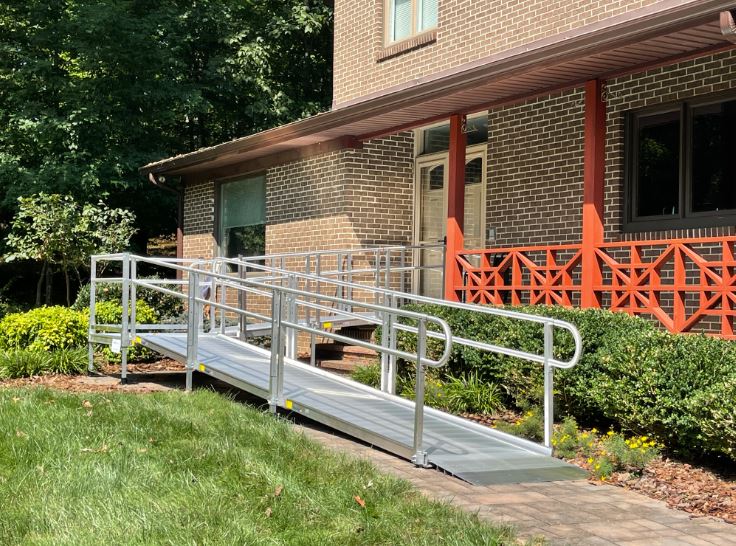
3. Equipment Overkill
Finding the right solution for your particular need and home is essential. Unfortunately, many of our customers find themselves in unfamiliar territory when it comes to accessibility equipment. As a result, we sometimes see clients who have way more equipment or modifications than they need when we visit their home for a consultation.
In each picture below, there was an alternative solution that would have been better for the space and needs. For the 1st picture, there is clearly way too much ramping, and a simple vertical platform lift would have been a much better option. In the 2nd picture, there was a minimal rise, and this customer could have had a wheelchair ramp or stair lift installed.

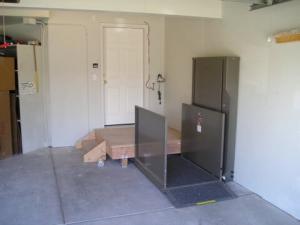
When our team does a full evaluation, we consider the needs of the person in need of a solution, any potential assistance they may be receiving from caregivers, as well as budget. Taking all those into account, we will recommend what the safest solution at the best possible price, like the ones pictured below!
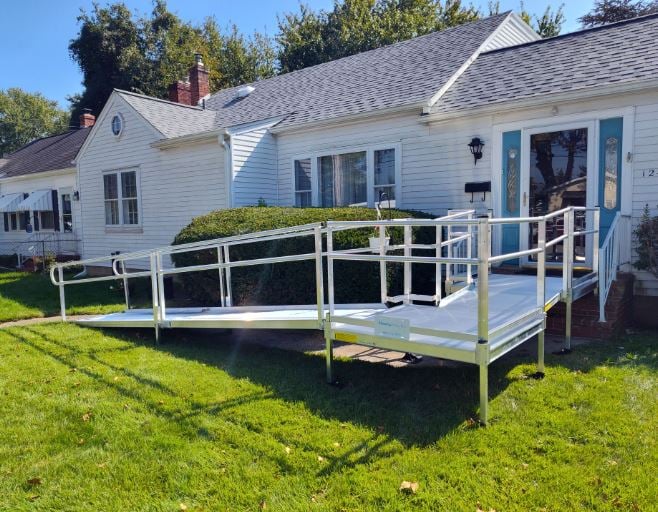

4. Homemade Solutions for Bath Transfers
Statistics show that the bathroom is the most dangerous room in the home and is where most falls occur. In the picture below, you'll see a lawn chair in a bath tub. This is obviously not a safe solution, but this customer did not have an evaluation done by an expert prior to our accessibility expert's arrival.

While this chair might be a better option than not having a chair in a pinch for a day or two, it's not a recommended solution and can pose the same risk of a slip or fall as not having a chair or bench that is designed to be used in a shower or tub.
Some options for improving safety in the bath tub or shower for those with limited mobility are shower benches or chairs, grab bars, and even ceiling lifts for those with disabilities. Depending on your specific mobility needs, one or more of those solutions can make it easier and safer for you to bathe independently.
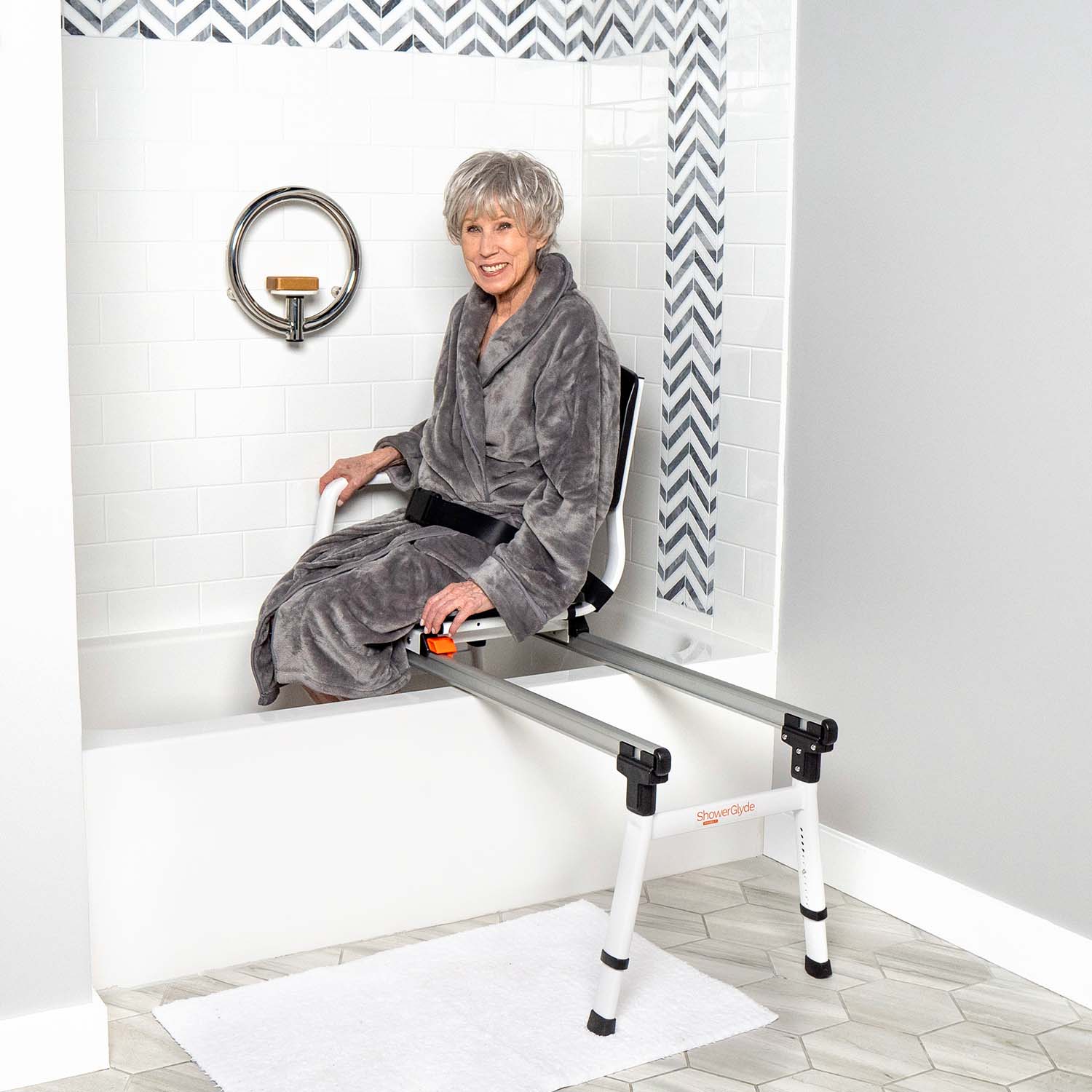
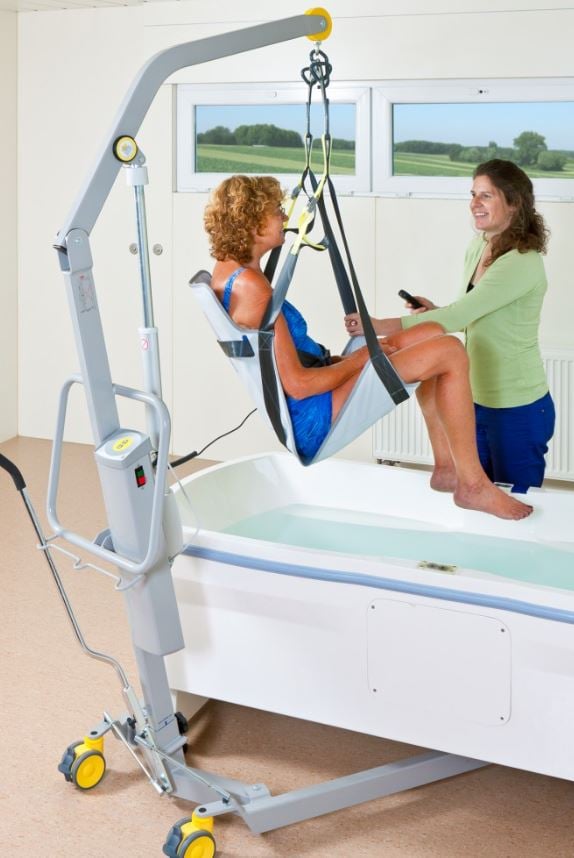
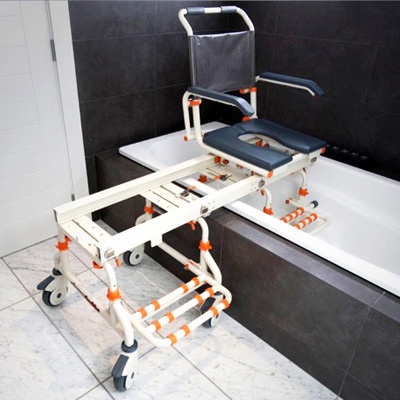
5. "Don’t Grab That Bar"
Suction cup grab bars like the one pictured below are less than ideal, especially when they are intended to provide support and stability in the bathroom. Look closely, and you will see that this grab bar is stuck to a glass shower door. If the user were to fall and grab onto the grab bar, they could find themselves on the floor and covered in broken glass. These types of grab bars do not support near as much weight as a grab bar that is installed into the studs.
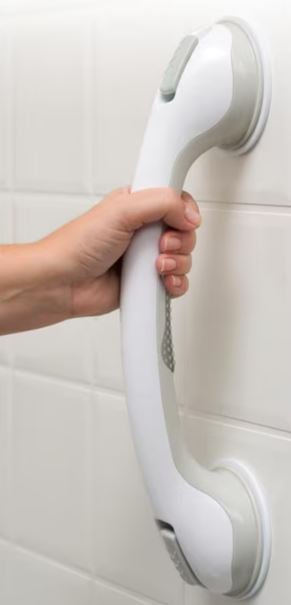
Taking the time to have your grab bars professionally installed can help ensure that they are weight-bearing in case of a fall and that there are bars where you need them most. Many of our clients don’t think about areas for the placement of grab bars throughout their home. However, that's where our accessibility experts can help!
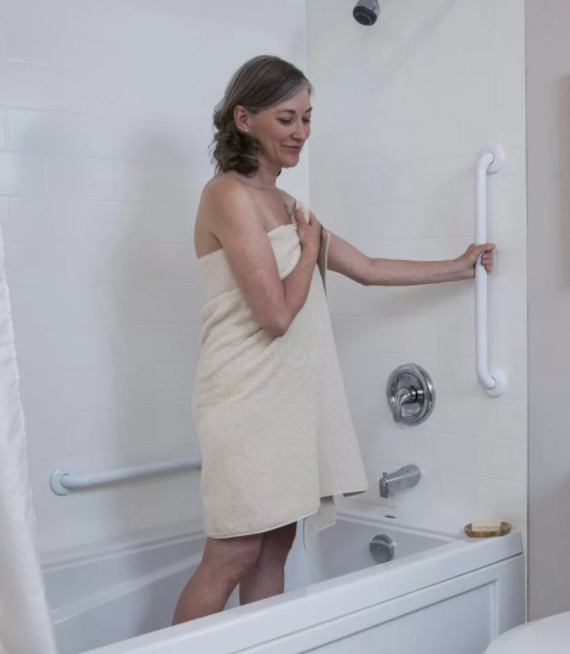
Accessibility fails can happen to anyone if a mobility solution is unprofessionally installed or if incorrect information is received. You can avoid some of these "fails" or mistakes by setting up a free-home consultation with one of our accessibility experts. We will take the time to understand your mobility needs and then recommend the best possible solution to meet those needs. All of our solutions are then professionally installed (and serviced!) by our trained and certified technicians.
Contact us today to set up your free home consultation!
